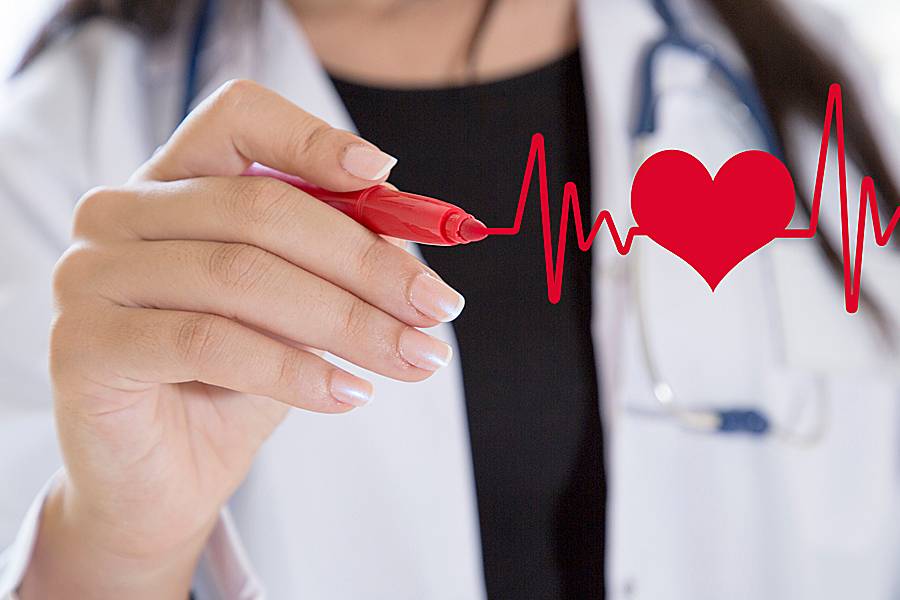Pulmonary rehabilitation programs offer individuals with lung conditions a structured approach to improving their respiratory function, fitness levels, and overall well-being. These programs include a combination of exercises, education, and support, tailored to meet the needs of each individual. While initially designed for those with chronic respiratory diseases, such as chronic obstructive pulmonary disease (COPD), pulmonary rehab also has indirect benefits for heart health.
Strengthening Respiratory Function
Pulmonary rehab primarily focuses on improving lung efficiency and reducing breathlessness through guided respiratory exercises. The program typically begins with an individualized assessment of a patient’s lung function, followed by structured breathing techniques. These strategies are designed to enhance oxygen intake and deliver it more effectively throughout the body.
For example, breathing exercises such as pursed-lip breathing or diaphragmatic breathing help participants control their breathing patterns. Over time, this reduces the physical strain placed on the cardiovascular and respiratory systems. Optimized respiratory function also supports cellular oxygenation, an essential element of maintaining physical health and supporting the body’s energy processes.
Additionally, rehabilitation often incorporates airway clearance techniques, such as controlled coughing or chest physiotherapy. These methods help remove excess mucus from the lungs, reducing airway blockages and allowing for easier airflow. These improvements make it easier for the heart and lungs to work effectively as a team, contributing to better whole-body function.
Optimizing Physical Activity Safely
Exercise is a core component of pulmonary rehab programs. Participants work under the supervision of healthcare professionals who guide them through physical activities designed to improve their strength, endurance, and flexibility. The exercise plans are specifically tailored to suit individual capabilities, ensuring they remain effective yet manageable.
Aerobic exercises, like walking or cycling, play a significant role in increasing the body’s stamina. Regular aerobic activity helps improve circulation and oxygen delivery to muscles, reducing the workload on the lungs and heart over time. Resistance training, which involves light muscle-strengthening exercises, enhances posture and supports the core muscles involved in breathing deeply and efficiently.
These supervised movements not only improve respiratory efficiency but also contribute to reducing fatigue, allowing individuals to perform daily tasks with greater ease. Safe physical activity, when performed consistently, supports optimal cardiovascular function by promoting healthy blood pressure and enabling steady circulation.
Encouraging Positive Lifestyle Habits
Addressing lifestyle factors in pulmonary rehabilitation has a broader impact on both lung and heart health. Educational sessions form the backbone of these programs, equipping individuals with the knowledge needed to make informed choices about their health. Topics often include smoking cessation, creating a balanced diet, managing stress, and recognizing triggers for breathing difficulties.
Participants also receive guidance on how dietary choices impact their respiratory functions and energy levels. Foods can influence inflammation and fluid balance within the body, which can indirectly affect cardiovascular processes. Pairing proper nutrition with regular exercise magnifies the benefits, providing a foundation for long-term wellness.
Stress management is integrated into programs as well, using relaxation techniques like mindfulness or yoga. Chronic stress elevates cortisol levels and can negatively affect both the lungs and heart over time. Techniques taught during pulmonary rehab help individuals learn how to calm their nervous systems, promoting overall balance within the body.
Find a Pulmonary Rehab
Pulmonary rehabilitation bridges the gap between respiratory care and overall wellness. By improving respiratory function, increasing physical activity through structured exercise plans, and promoting health-centric lifestyle changes, these programs support both lung efficiency and cardiovascular wellness. Participants gain improved functional capacity, better endurance, and insight into maintaining healthier routines. Working closely with healthcare providers provides a personalized and comprehensive path to better living, helping to enhance quality of life and overall physical resilience.
